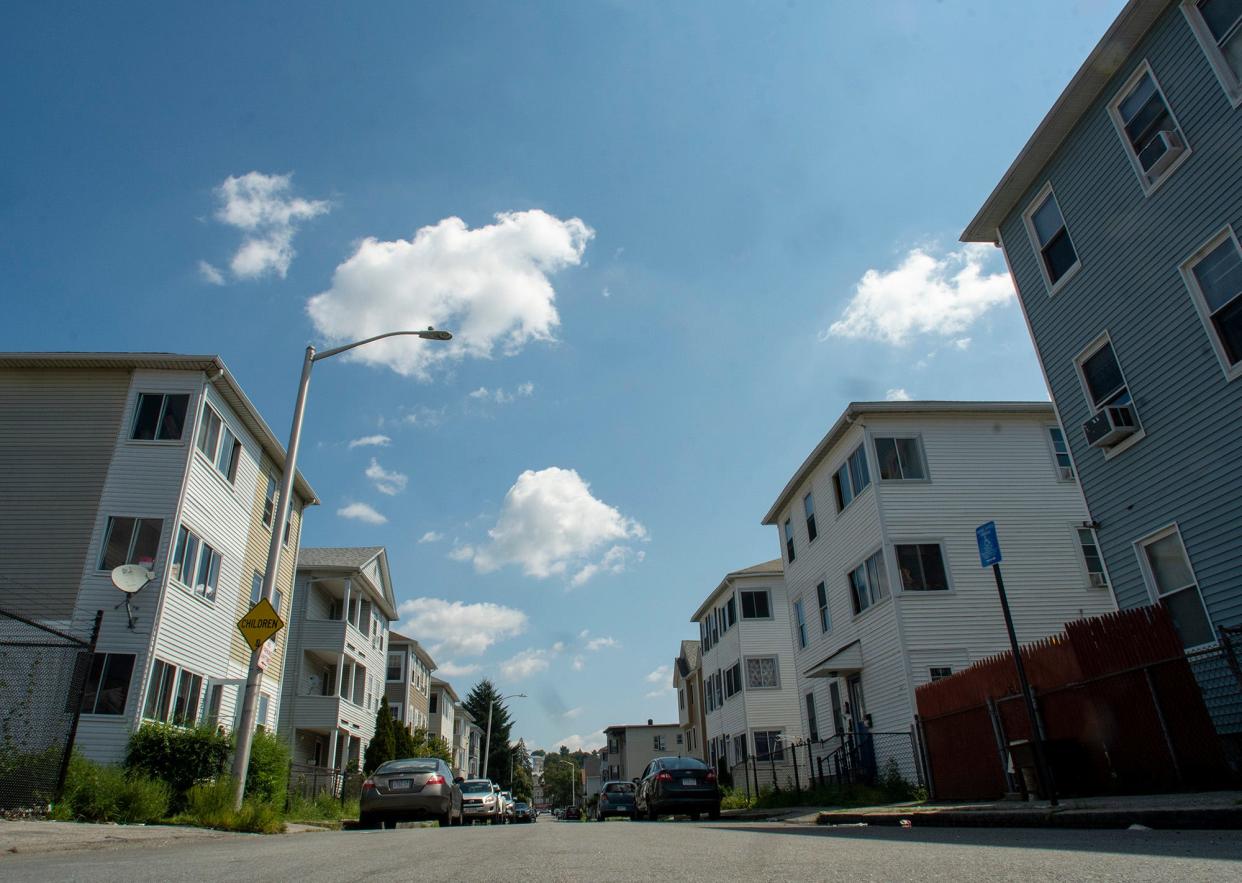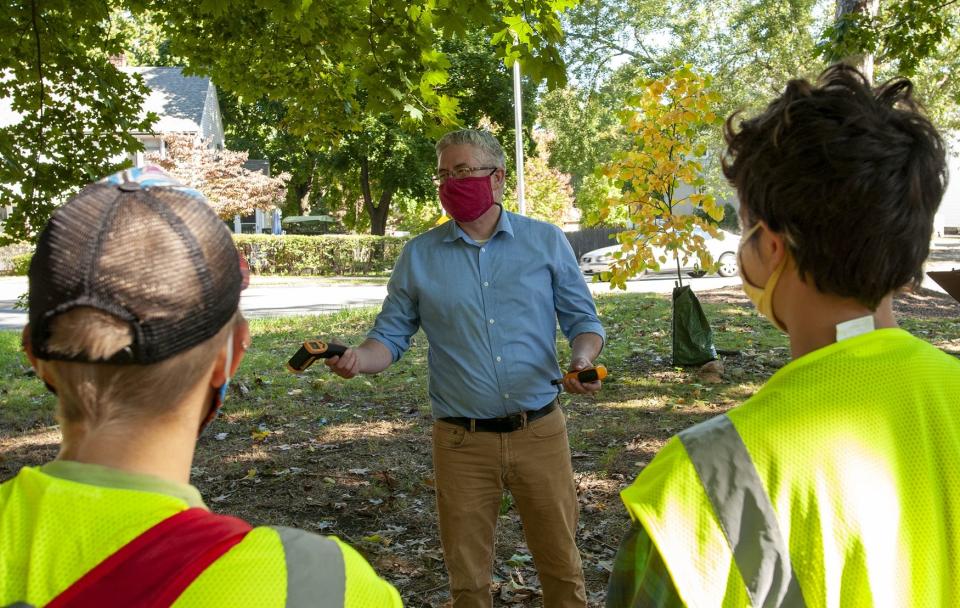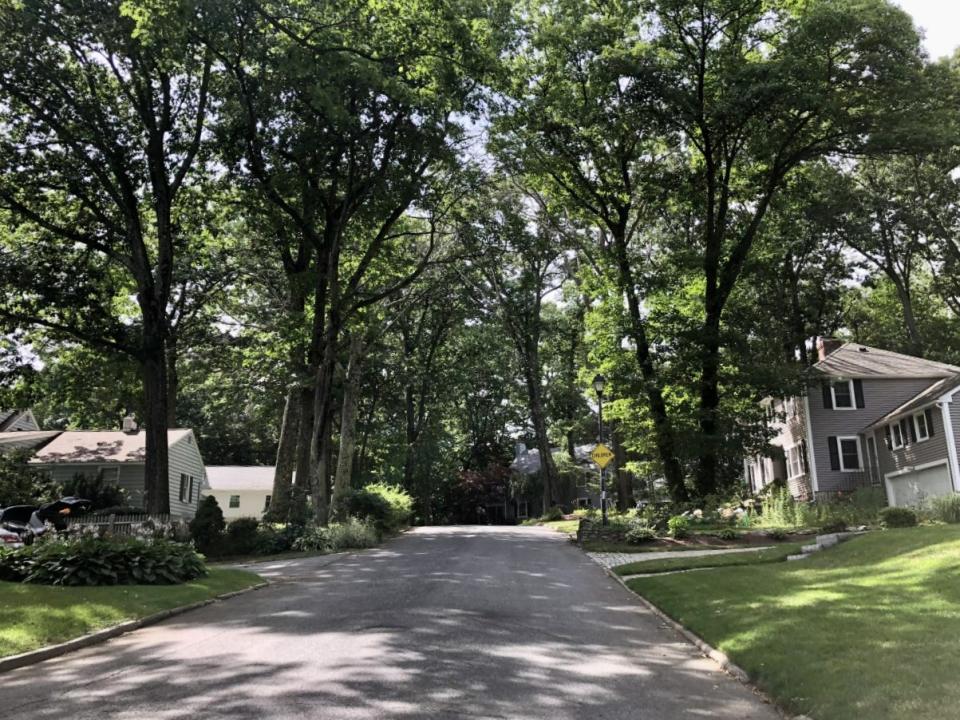New study: Plant more trees in Worcester to combat rising temperature

WORCESTER — A new study says more trees that provide shade cover need to be planted to reduce elevated temperatures in some parts of the city.
Some experts support the recommendation, but noted other steps need to be considered to bring down temperatures and safeguard public health.
“Investment in street trees is absolutely a great way go to go, but I would actually argue that there are several different strategies to try,” said John Rogan, geography professor at Clark University.
More:Some Worcester neighborhoods are hotter than others. Here's why it matters
The final report by Urban Climate Consulting LLC is not publicly available, because finishing touches are being worked on, said John Odell, chief sustainability officer of the city's Sustainability & Resilience Department.
Odell expects the final report to be presented during Monday’s 5:30 p.m. public meeting of the Green Worcester Advisory Committee.

The $28,000 study, funded by energy credits earned by the city’s solar projects, focused on the city's heat island problem and showed some areas of Worcester that were at least 10 degrees hotter than other sections during the summer. Two hot spots in particular were identified — Green Island in downtown and Route 12 north heading out of the city.
Suburban areas with more trees and parks had significantly cooler temperatures.
More:Tree lover believes 'pocket forests' are just what Worcester needs
“This has real impact on people’s health,” said Odell of the so-called “heat island effect” behind the rising temperatures.
Heat island effect generally occurs when a neighborhood is inundated with concrete that captures and retains heat, and has few, if any, trees that sequester carbon dioxide and provide shade to reduce stifling temperatures.
Rogan's research in Worcester indicates heat island effect has impacts beyond the 10-degree bump cited in the latest report. His team at Clark recorded temperatures at least 20 degrees higher in some areas compared to neighborhoods with up to 30%-40% tree canopy cover.
Next steps
The study's information will be used to help determine where trees should be planted to have the most impact, said Odell. Plus, develop a policy to get the work done.

Those efforts require a steady stream of money, said Odell, and collaboration with many city departments, boards and commissions to hash out the details.
“This isn’t going to happen overnight. It will happen over years before we implement this entirely,” said Odell.
Green materials
The consultant, Odell said, doesn’t think “green materials” will give Worcester as much bang for its taxpayer buck as planting trees to combat the heat island effect.
Green materials can include white paint to cover a black flattop roof and lighter markings on roadways. Dark surfaces absorb heat from the sun’s rays, while light-colored surfaces reflect them back into the atmosphere, a scientific process called "albedo."
More:Out in the open: Worcester man urges city to replant trees in Vernon Hill neighborhood
Rogan explained cooling materials lower surface temperature, and when that occurs there is cooler air temperature.
Using thermal imagery, Rogan and fellow Clark geography professor Deborah Martin found roofs painted white in Worcester cut surface and air temperature 20% to 30%. A white roof project at Walmart on Route 146 reduced temperatures by 40%.
There's also the combination of a white roof with a section of rooftop solar panels. The combination on some Worcester municipal and school buildings experienced a “huge reduction” in temperatures, according to Rogan, because the panels absorb the sun’s radiation.
More:Street trees and solar panels: Effort in Worcester to reach a balance
Rogan offered another consideration — there’s often limited public space to plant trees because of obstacles like utility lines, underground cables and sewer pipes. Instead, based on Rogan's work in Rhode Island and Massachusetts to increase tree canopy cover in urban residential areas, there’s often more space on private lands, where agreements can be made with owners.
“At the end of the day, trees are the greatest heat island mitigation hands down, no doubt,” said Rogan. “But when trees can’t be planted, white roofs and solar is effective. That’s my take on that.”
Multiple approaches
Like Rogan, Worcester environmental activist Paul Popinchalk supports many approaches to curbing the heat island effect. They include planting trees, albedo and energy-efficient construction through the state’s stretch code.
Plus, low-carbon concrete manufactured with fewer carbon emissions that reportedly handles the same amount of wear and tear as traditional concrete.
“There are multiple solutions to cut carbon emissions and help with the climate crisis, and I hope the city looks at all of them,” said Popinchalk.
Contact Henry Schwan at henry.schwan@telegram.com. Follow him on Twitter @henrytelegram
This article originally appeared on Telegram & Gazette: More trees needed in Worcester to cut rising temperatures, study says

